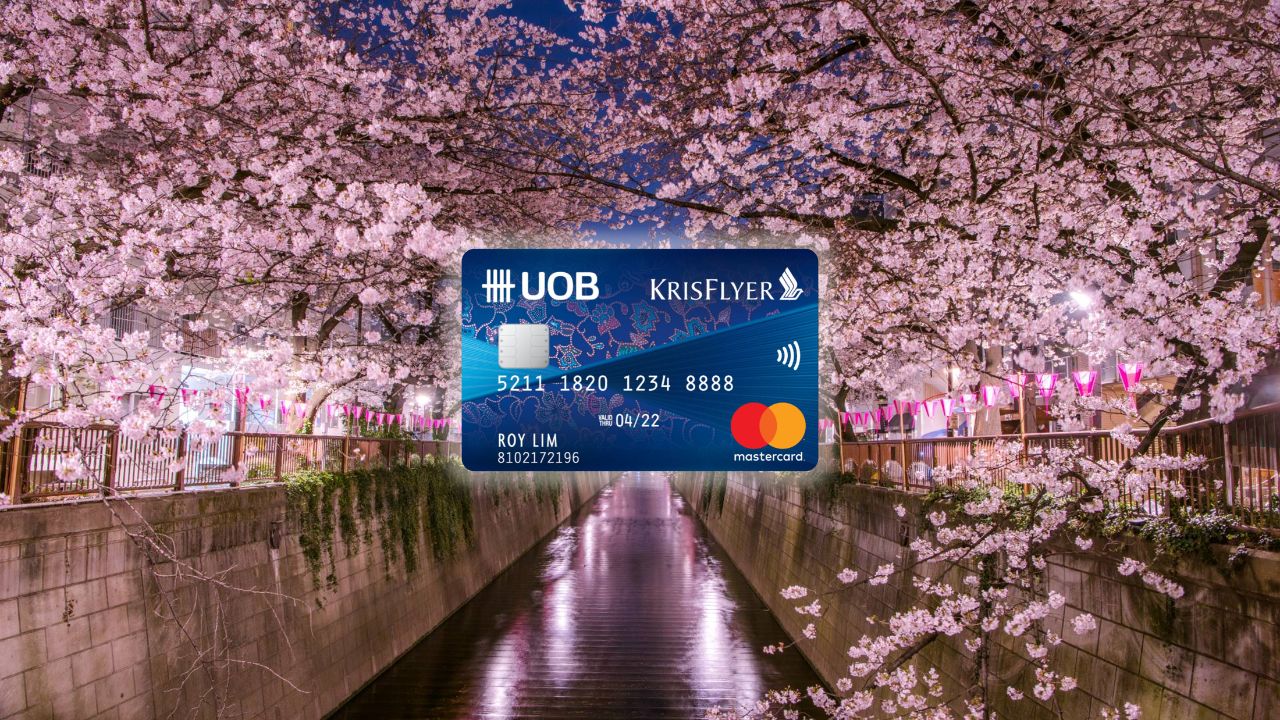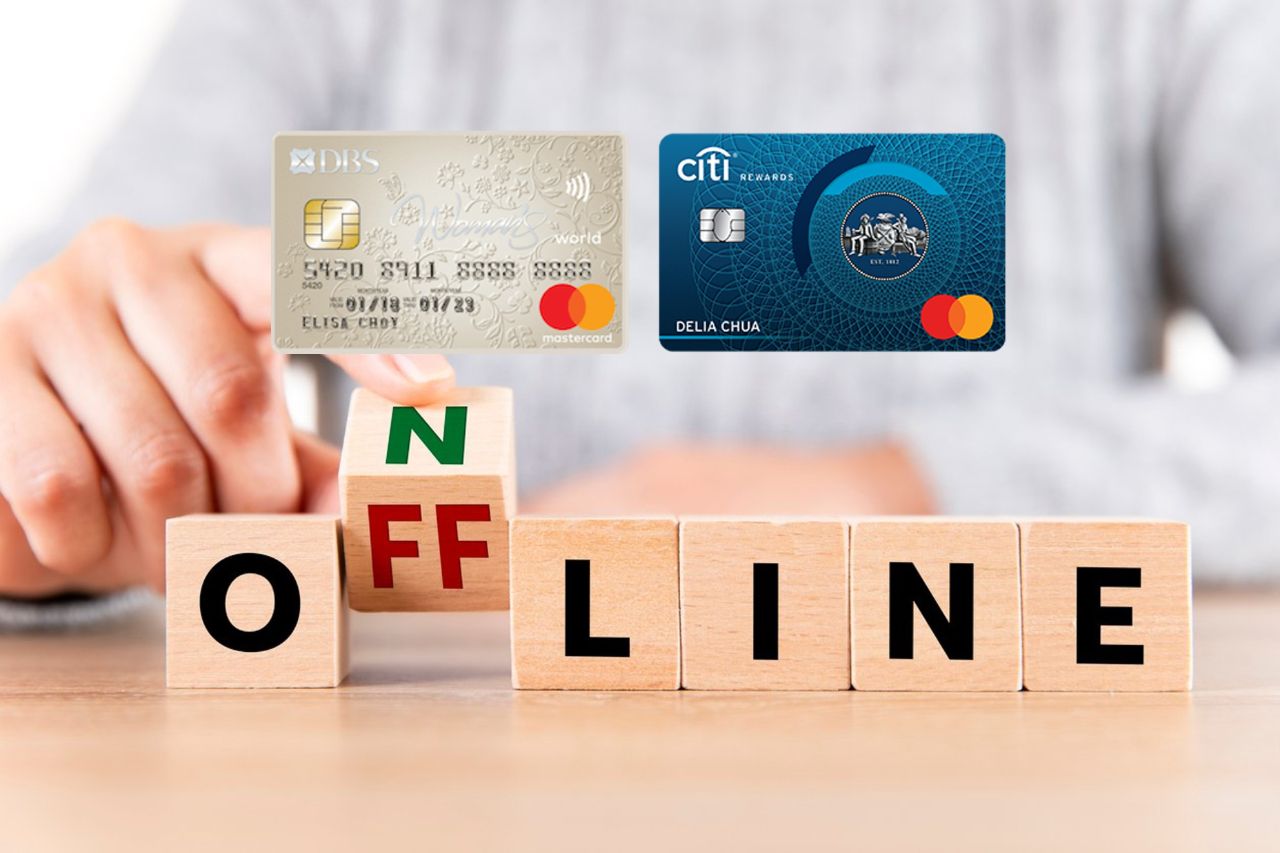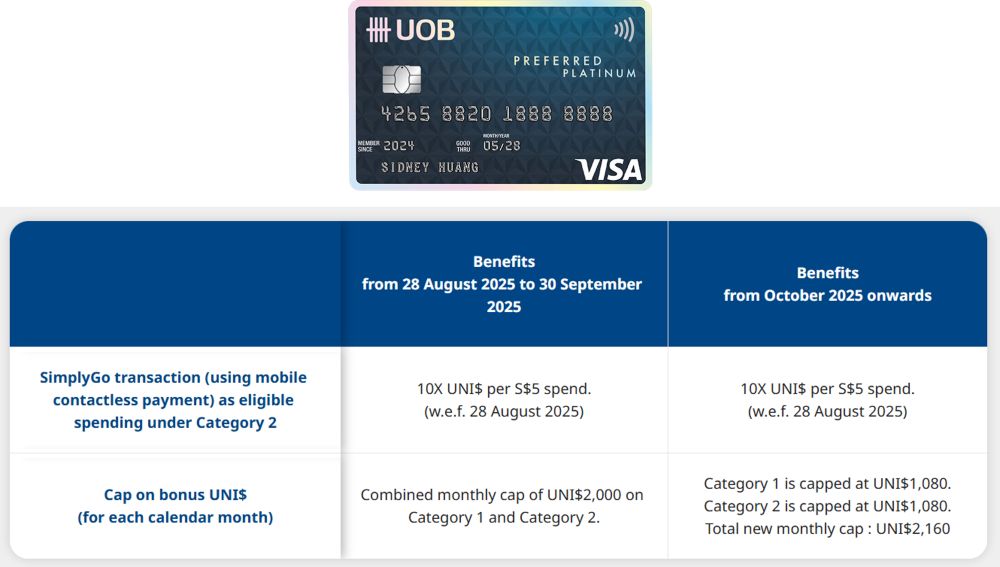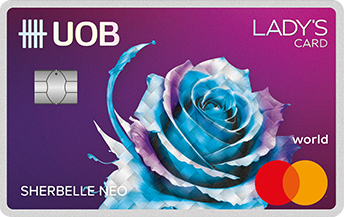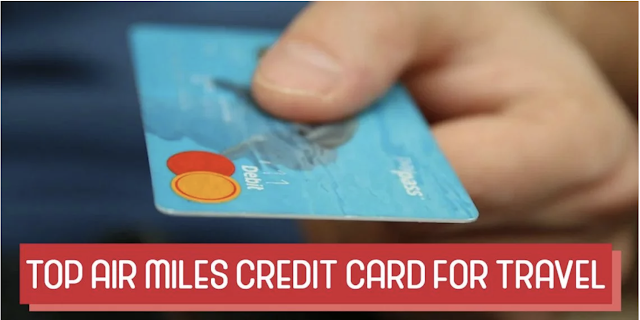Source:
ChatGPT:
Eight major cards offer shopping bonuses, with seven giving 4 mpd. The HSBC Revolution stands out as the strongest overall option thanks to its 38 MCC coverage and a high bonus cap of S$1,500 per calendar month until February 2026 (after which it drops to S$1,000). The UOB Preferred Platinum Visa and Citi Rewards offer 4 mpd but rely on MCC whitelists when used online or in-store respectively.
Other strong contenders include the Maybank XL Rewards Card and OCBC Rewards Card, both offering 4 mpd across 13 MCCs. OCBC Rewards is especially attractive in 2025, offering 6 mpd on Shopee, Lazada, Taobao, TikTok Shop and Watsons capped at S$1,000 monthly. High spenders may prefer the KrisFlyer UOB Credit Card, which gives uncapped 2.4 mpd on online shopping if the cardholder spends S$1,000 yearly on Singapore Airlines Group.
Across all cards, shopping can span up to 41 MCCs, but only seven core MCCs universally trigger shopping bonuses. These cover major department stores and fashion retailers. MCC 5311 (department stores) is particularly valuable because platforms like HeyMax use it, allowing users to “switch” MCCs by buying gift cards for other merchants.
OCBC Rewards also extends eligibility via its special merchant whitelist, covering Amazon, Lazada, Guardian, Watsons and more. Meanwhile, UOB Lady’s and Lady’s Solitaire require users to select “Fashion” or other categories quarterly.
Ultimately, while earn rates matter, MCC coverage and caps determine which card delivers the most miles for shopping.



